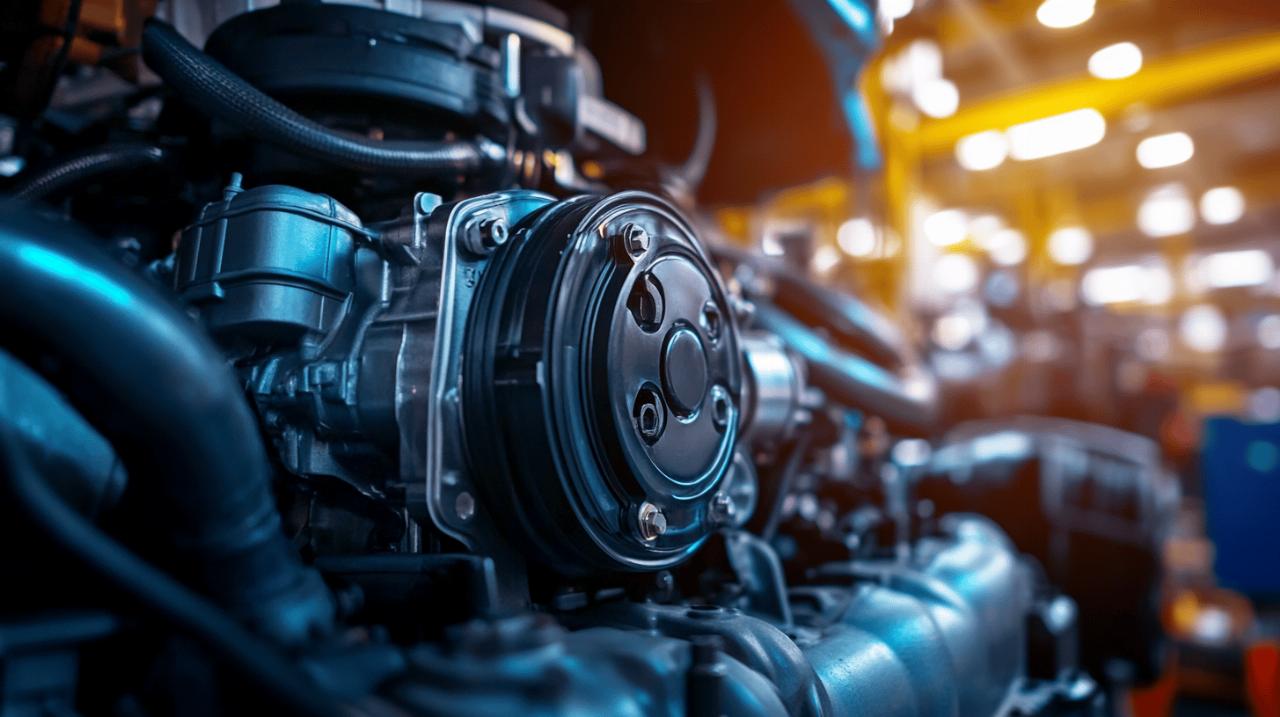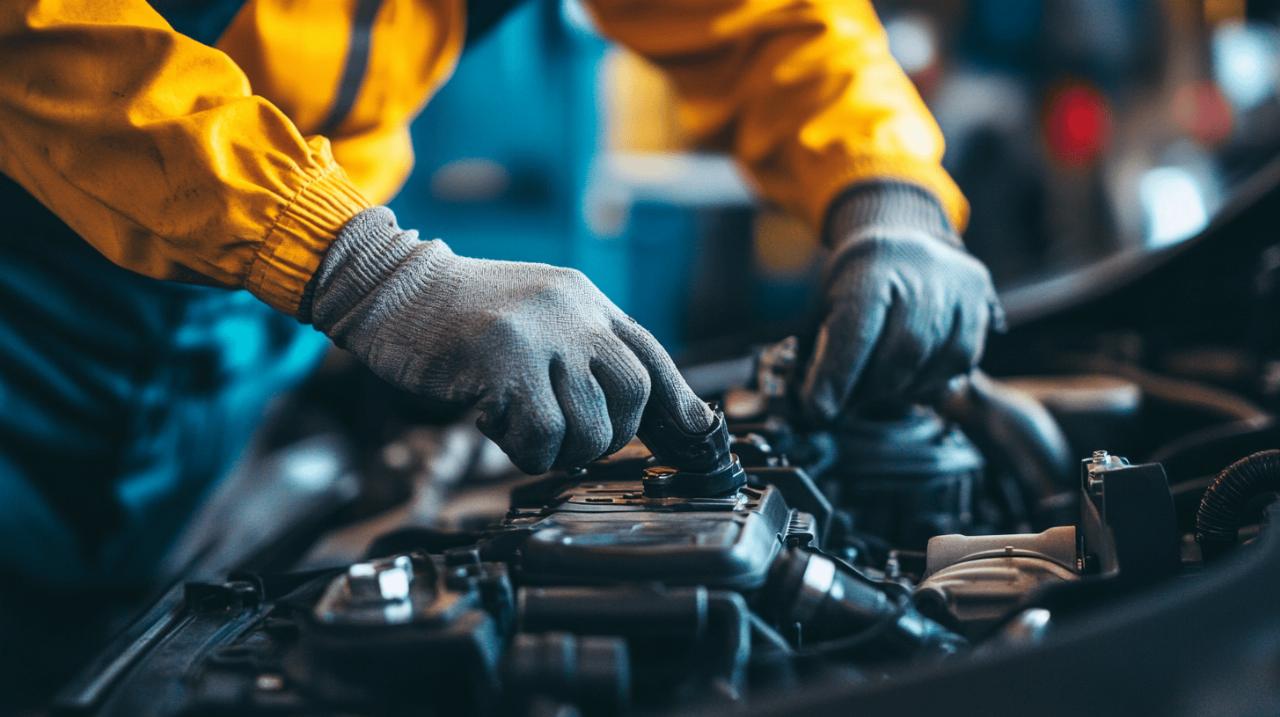Vehicle maintenance isn’t just about preserving your investment—it’s about ensuring safety, reliability, and avoiding costly repairs down the road. While many of us might neglect regular checks, establishing a maintenance routine can significantly extend your car’s lifespan and improve its performance. Proper upkeep of key components is something every motorist should prioritise, regardless of their mechanical knowledge.
Engine care fundamentals
The engine serves as the heart of your vehicle, requiring consistent attention to function optimally. According to recent surveys, over 26% of UK drivers admit to changing their engine oil less frequently than once a year, while an alarming 20% have never changed it at all. This neglect can severely impact engine performance and longevity. For comprehensive information about timing belt maintenance and other critical engine components, you might want to visit https://www.motorpublish.it/, which regularly publishes detailed guides on mechanical components.
Regular oil change schedules
Engine oil serves multiple critical functions—it lubricates moving parts, reduces friction, helps cool the engine, and prevents corrosion. Most manufacturers recommend changing your oil every 5,000 to 7,500 miles or at least every six months. Fresh oil ensures your engine runs smoothly and efficiently while extending its operational life. When checking oil levels using the dipstick, ensure the engine is cool and the car is parked on level ground for accurate readings. Statistics reveal that one in three vehicles on UK roads are dangerously low on oil, putting their engines at significant risk.
Air filter replacement guide
Your engine air filter prevents dust, debris, and contaminants from entering the engine, allowing it to breathe properly. A clogged filter restricts airflow, reducing fuel efficiency and engine power. Experts recommend replacing the air filter every 12 months or 12,000 miles, though this interval may be shorter if you frequently drive on dusty roads. Changing your air filter is typically a simple maintenance task most car owners can perform themselves with minimal tools, making it an accessible entry point for DIY maintenance.
Fluid levels monitoring
Various fluids keep your vehicle’s systems functioning correctly, and monitoring their levels is essential preventative maintenance. The FLOWER acronym serves as a helpful reminder for regular checks: Fuel, Lights, Oil, Water, Electrics, and Rubber. Similarly, the FORCES checklist covers Fuel, Oil, Rubber, Coolant, Electrics, and Screen wash—all vital areas requiring regular assessment. These simple inspections, performed every few weeks, can prevent breakdowns and identify potential issues before they become serious problems.

Brake fluid assessment
Brake fluid transfers the force from your brake pedal to the brake components that slow your vehicle. Over time, this fluid can absorb moisture from the air, reducing its effectiveness and potentially causing brake failure. Check your brake fluid level regularly and observe its colour—clean brake fluid is usually amber or clear, while contaminated fluid appears darker. Most manufacturers recommend changing brake fluid every two to three years regardless of mileage. When topping up, always use the fluid specification recommended in your owner’s manual to avoid system damage.
Coolant system inspection
The cooling system prevents your engine from overheating by circulating coolant through the engine block and radiator. Always check coolant levels when the engine is cold to avoid burns from pressurised hot fluid. The coolant reservoir has minimum and maximum markings to guide proper filling. Modern coolants typically last longer than older formulations, but most manufacturers still recommend replacement every two to five years. Beyond checking levels, inspect hoses for leaks, cracks, or bulges that might indicate impending failure.
Brake system preservation
Your braking system is arguably the most critical safety feature of your vehicle. Annual brake inspections are essential even if you haven’t noticed any issues, as deterioration can occur gradually without obvious warning signs. Properly maintained brakes not only ensure your safety but can prevent more expensive repairs by identifying problems early. Many garages offer free brake checks, making this vital inspection accessible to all drivers.
Pad wear indicators
Brake pads contain friction material that wears down with use. Most modern brake pads include wear indicators that produce a high-pitched squealing sound when the pads become too thin. Other warning signs include grinding noises, vibration when braking, or the brake pedal feeling spongy. Typical brake pad life varies significantly based on driving habits and conditions, ranging from 25,000 to 70,000 miles. Aggressive driving with frequent hard braking dramatically reduces pad lifespan. Replacing pads before they wear completely through prevents damage to more expensive components like rotors.
Disc and caliper examination
While brake pads receive most attention, brake discs and calipers require regular inspection too. Discs should be checked for scoring, cracks, or uneven wear patterns that might affect braking performance. Calipers can seize due to corrosion or debris, causing uneven braking and accelerated pad wear on one side. A simple visual inspection can often reveal these issues before they become serious. Some vehicles also feature electronic brake wear sensors that illuminate dashboard warning lights when service is required.
Tyre management practices
Tyres form your only contact with the road surface, making their condition crucial for safety and performance. Survey data reveals that only 19% of drivers always check their vehicles before trips, with tyre inspections often overlooked. Proper tyre maintenance not only enhances safety but also improves fuel economy and extends tyre life, saving money in the long run. Most tyre-related issues develop gradually, making regular checks essential for early detection.
Pressure checks and rotation
Correct tyre pressure ensures optimal grip, handling, and fuel efficiency. Check pressures at least every two weeks and before long journeys, when tyres are cold for accurate readings. The recommended pressures for your vehicle can be found in the owner’s manual, inside the fuel filler flap, or on the driver’s door jamb. Modern vehicles built after November 2014 feature Tyre Pressure Monitoring Systems that warn drivers of significant pressure loss. Regular tyre rotation every 5,000 to 8,000 miles promotes even wear across all tyres, maximising their service life.
Tread depth evaluation
Tyre tread provides the grip needed for safe braking and cornering, especially in wet conditions. UK law requires a minimum tread depth of 1.6mm across the central three-quarters of the tyre, though safety experts recommend replacing tyres when they reach 3mm, particularly during winter months. A simple way to check tread depth is the 20p test—insert a 20p coin into the tread groove; if you can see the outer band of the coin, your tyres may be approaching the legal limit. Also inspect tyres for sidewall damage, bulges, or objects embedded in the tread that could cause slow leaks or sudden failures.




